DRAKENSBERG STRATEGIC CONSERVATION LANDSCAPE
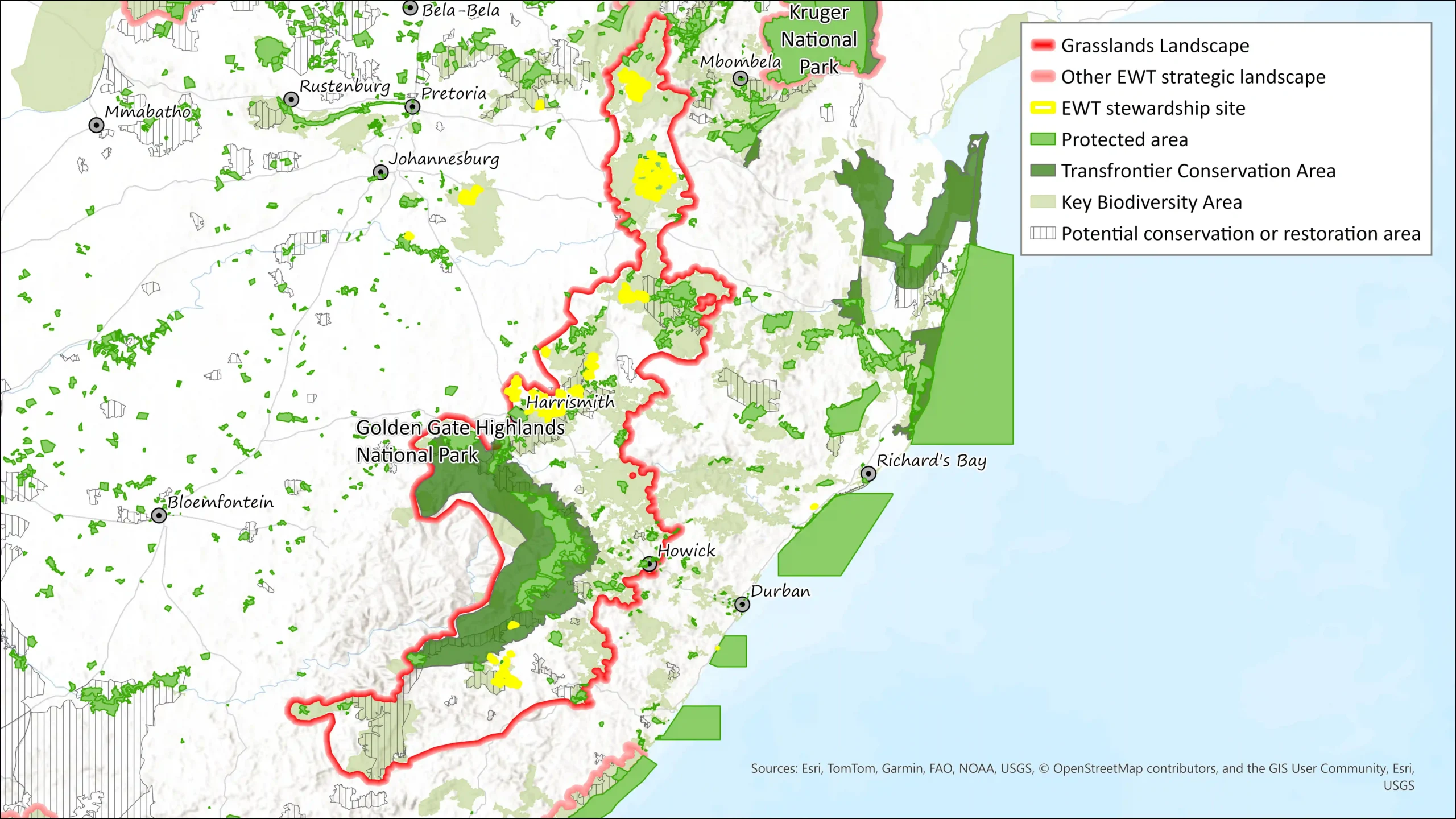 The Drakensberg Grasslands Strategic Conservation Landscape spans the mountainous regions of KwaZulu-Natal, Mpumalanga, Free State, and the Eastern Cape, and is one of South Africa’s most biodiverse and culturally significant areas. These high-altitude grasslands are home to over 2,000 plant species and rare wildlife, such as Bearded Vultures, Wattled Cranes, and Sungazer lizards. They also hold deep cultural value, from ancient San rock art to sacred Basotho sites. The region plays a vital role in securing water for millions, storing carbon, stabilising soil, and buffering the impacts of climate change.
The Drakensberg Grasslands Strategic Conservation Landscape spans the mountainous regions of KwaZulu-Natal, Mpumalanga, Free State, and the Eastern Cape, and is one of South Africa’s most biodiverse and culturally significant areas. These high-altitude grasslands are home to over 2,000 plant species and rare wildlife, such as Bearded Vultures, Wattled Cranes, and Sungazer lizards. They also hold deep cultural value, from ancient San rock art to sacred Basotho sites. The region plays a vital role in securing water for millions, storing carbon, stabilising soil, and buffering the impacts of climate change.
The EWTs work in this landscape focuses on protecting grasslands and wetlands, restoring ecological function, and supporting the people who depend on these ecosystems. We collaborate with landowners, farmers, and communities to promote sustainable grazing, reduce invasive species, and strengthen land stewardship practices that benefit both people and biodiversity. Conservation corridors and wetland protection help safeguard threatened species while ensuring healthy ecosystem services.
In addition to driving this work on the ground, we are working to align biodiversity goals with agricultural livelihoods, strengthen environmental protections through legal support, and develop sustainable finance models that support long-term restoration. Bioblitzes and targeted research are helping us map species, fill knowledge gaps, and guide conservation action. Together, these efforts are helping to build a resilient, living landscape, where ecological systems are restored, people are supported, and nature and communities thrive together in the face of change.
Why it’s important
The Drakensberg Grasslands host exceptional biodiversity, including endemic species like Bearded Vultures, Wattled Cranes, and Sungazer lizards. This globally significant region supports over 2,000 plant species and provides critical services such as water catchment, soil conservation, and climate regulation.
These services underpin agriculture, water security, and local economies. However, threats like overgrazing, invasive species, mining, and climate change endanger the landscape.
Protecting the Drakensberg is essential to sustaining biodiversity, resources, and livelihoods in the region.
So What?
Without intervention, the Drakensberg will lose iconic species and vital resources like water and soil. This collapse will harm agriculture, intensify climate change impacts, and devastate local communities’ livelihoods.
The consequences are ecological, economic, and social, with lost jobs, degraded ecosystems, and a precarious future. Immediate conservation action is critical to preventing irreversible damage, securing biodiversity, and protecting resources for both people and wildlife.
Vision
Target Species
Landscape Size
69,565 KM²
Why we do it
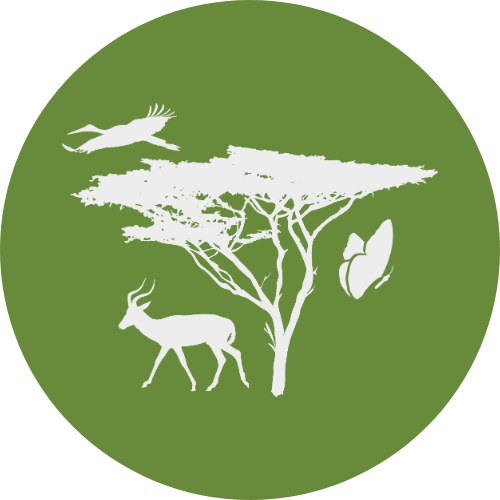
protect biodiveristy
Lead collaborative efforts to safeguard species and rebuild life-sustaining ecosystems, working with, for example, governments, landowners, and Indigenous Peoples and Local Communities (IPLCs).
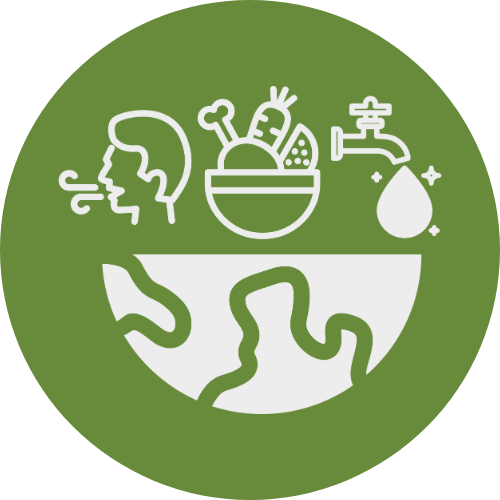
secure vital ecosystem services
Healthy ecosystems provide essential services like clean air, water, and food security.

Empower communities
Enable IPLCs to thrive through nature-based solutions that connect conservation with human well-being, equity, and sustainable livelihoods.

build a sustainable future
Embed biodiversity into corporate strategies and operations to deliver measurable positive outcomes for nature and create resilient, future-fit businesses.

Improve climate Resilience
Build climate adaptation and resilience into conservation efforts to protect biodiversity and human well-being.

Enhance water security
Prioritise the safeguarding of critical freshwater systems and catchments across Africa's threatened landscapes.
Cross cutting approaches

People in conservation unit
Co-developing and implementing conservation management approaches to ensure sustainable conservation impact and benefit sharing.
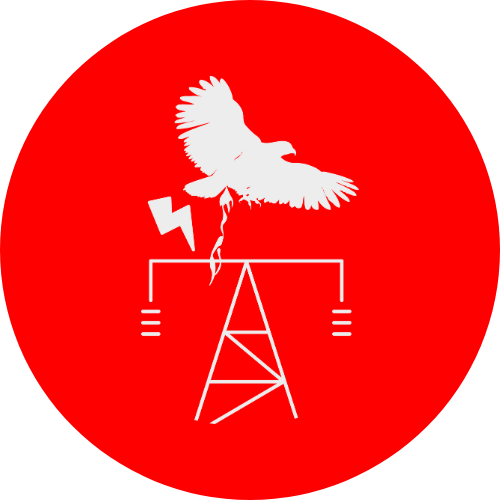
Wildlife and Infrastructure unit
Reducing infrastructure impacts on species and habitats.

Biodiversity and Business Unit
Supporting the integration of biodiversity into corporate strategy and operations, to achieve measurable positive biodiversity outcomes.

Sustainable Finance Unit
Focusing on mobilising financial resources to support conservation efforts.

Wildlife in Trade Unit
Disrupting and preventing illegal wildlife trade in the landscape.

Conservation Tools and Technology Unit
Discovering new species and understanding species distributions to inform conservation priorities in the landscape.
